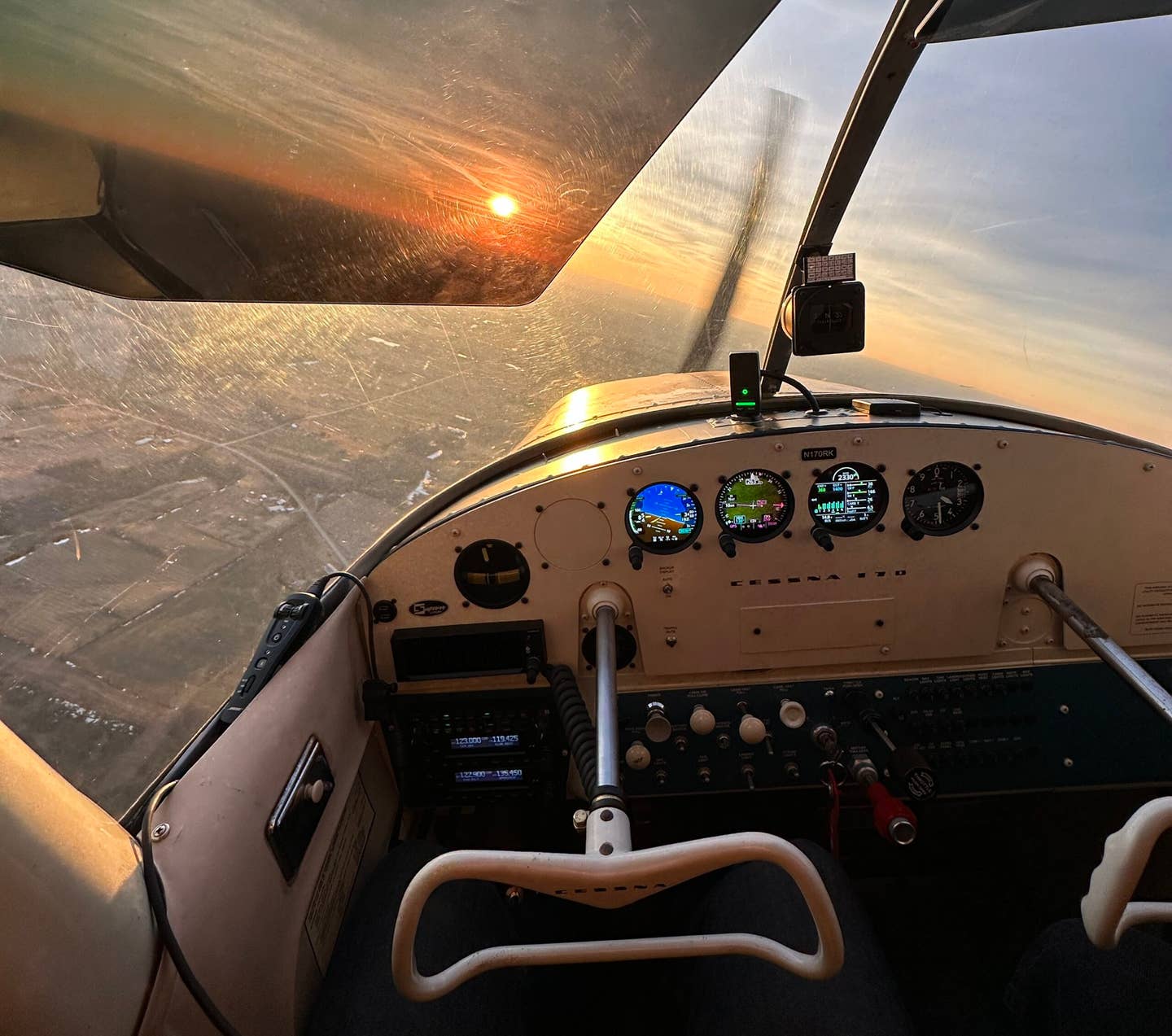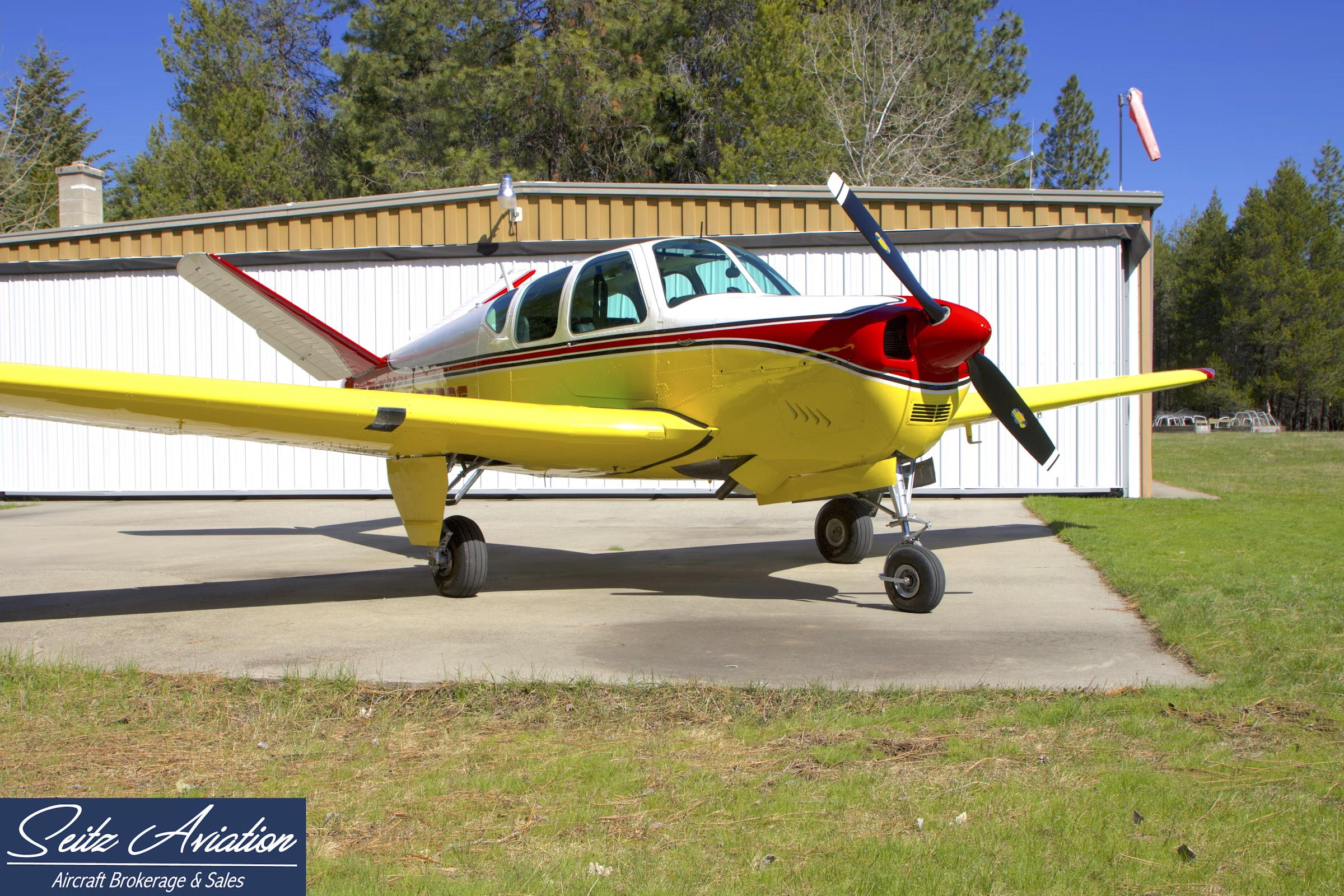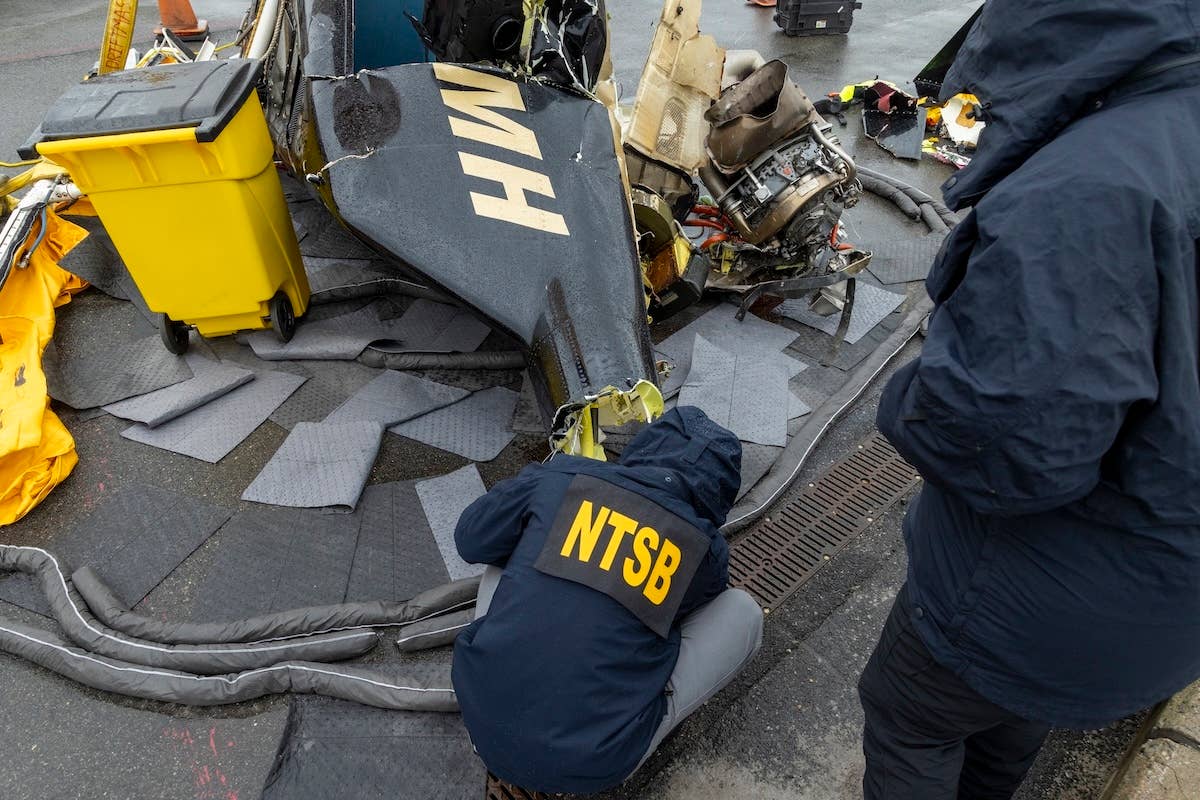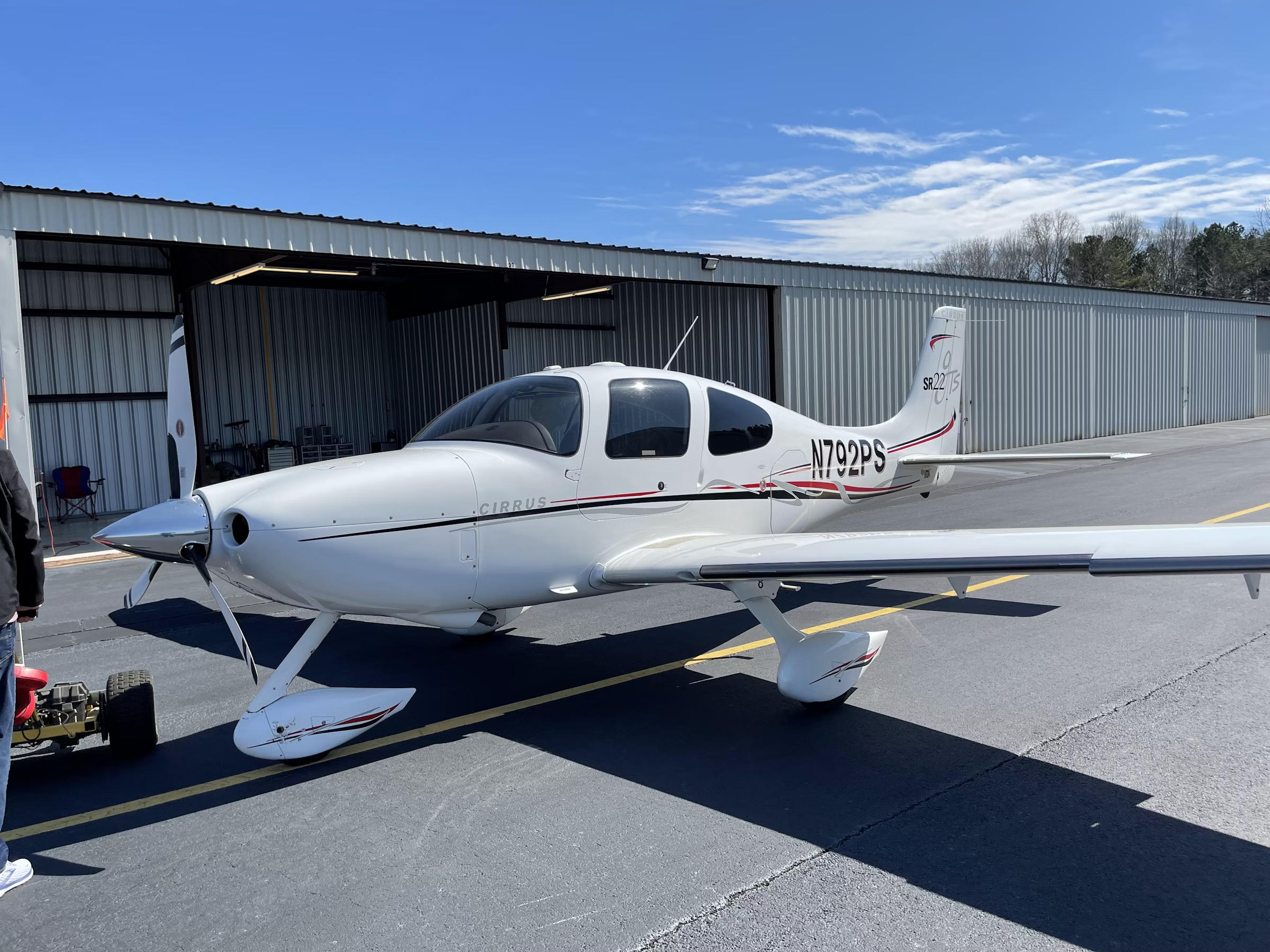5 of the Best New Aircraft Owner Products Under $500
From a stepladder to a hand-held radio, here’s a list of the must-haves every new aircraft owner should have.

Perfect at blocking the sun without restricting vision, Rosen sun visors are well-constructed and function perfectly. [Courtesy: Jason McDowell]
Among all the accessories and modifications I’ve made to my Cessna 170 over the past few years, my Rosen sun visors were the first.
Rosen Sun Visors ($550)
Moreover, this was the only modification I’d prepared before even taking delivery of my airplane. They’re that good.
Hop into any legacy Cessna with original visors, and it becomes clear why. Undersized to begin with, the flimsy plastic or vinyl-covered stock visors leave much to be desired. If, after decades of use, they miraculously remain intact, there’s little chance that they go into the position you desire and stay there. More likely, they freely flop around and swing out of position, blinding you and creating a distraction all their own.
Everything about Rosen’s visors exudes precision. From the high-quality acrylic that doesn’t alter colors to the beefy, machined aluminum hardware, they have a solid feel and will surely outlast stock visors. Move them into position, and they remain there without complaint. Best of all, they’re translucent, so you can block the sun without blocking your vision.
Like a good set of shoulder harnesses in a vintage aircraft, I considered these a legitimate safety improvement and continue to enjoy them nearly every time I fly.
BAS Tail Pull Handles ($345-$435)
Although my airplane came with a good, solid tow bar for the tailwheel, I discovered that there were plenty of instances where moving my plane around became unnecessarily challenging. There were times I flew someplace and left my tow bar behind, and there were other times when I only needed to adjust the plane’s position slightly and didn’t want to bother with it.
Even if you remember to bring one along, tow bars often present a dilemma. If they’re small enough to fit nicely into the baggage compartment, they tend to be small and flimsy. But if they’re large and beefy enough to work well, they’re also large enough to be cumbersome in the airplane. Mine was firmly in the latter category, weighing about 15 pounds and requiring disassembly to fit into the airplane.
BAS Inc.’s tail pull handles solve this issue cleanly and simply. Nothing more than retractable, tubular aluminum handles that manually extend and retract into and out of the side of the aft fuselage, they are completely hidden until you need them. In addition to providing a sturdy handhold with which to move your plane around, they also dissuade ham-fisted helpers from grabbing and placing undue stress upon relatively fragile fairings and stabilizers.
Installation is quick and easy for any A&P. BAS states that this requires only 1.5 hours, keeping the final, total cost of the upgrade well under $1,000. They’re available for Cessna taildraggers, the Luscombe 8-series, and experimental taildraggers.
Pro tip: When having them installed in an aluminum fuselage, ask your mechanic to save the small round blanks that are cut from the fuselage. Then use them to make a couple of small keychains as souvenirs.
The Perfect Stepladder ($215)
Whether you’re fueling, washing, or inspecting a high-wing airplane, it pays to have a completely stable, sure-footed stepladder. A couple of winters ago, I learned this the hard way. Fed up with the cheap, flimsy aluminum ladder my airport keeps out by the fuel pumps, I clambered up onto my 170 using the tire and wing strut for support and proceeded to wrestle with the stiff, inflexible rubber hose.
Just as I finished topping off my right tank, I stepped backward, aiming my foot toward the tire. In a series of slow-motion still frames, I felt my foot slip off, saw blue sky, and then landed on my upper back. I landed hard and heard actual snaps that X-rays later determined to be multiple broken ribs in my chest and back.
Months later, when I regained my mobility, I opened up my laptop and went ladder shopping with the ferocity of a new father looking for his first pair of New Balance sneakers. After hours of research and several measurements at my plane, I finally found the perfect ladder—a Werner PD6204. It is the perfect height for a Cessna, even on tundra tires. More importantly, it has a roomy platform upon which to stand, enabling a wide stance for stability when fueling or scrubbing the airplane.
While this is perhaps not the most impressive or flashy item I’ve purchased for my airplane, I genuinely enjoy and appreciate it every time I use it.
McFarlane Vernier Mixture Knob ($225)
Vintage aircraft have vintage technology. Most of it is charming, transporting us back to the era in which the machine was built. But some of it is simply bad. Old Cessna mixture knobs certainly fall into the latter category.
Closely resembling a small push-pull carb heat knob, my original mixture knob offered about 3 inches of fore and aft travel. This made leaning the engine with any precision an exercise in futility. More than once, while rolling out after landing, I pulled what I thought was a small amount of mixture out to lean the engine for taxiing, only to inadvertently starve it of fuel and momentarily stumble.
Recalling the nice, refined switchgear in the modern aircraft used by my Part 141 school years ago, I again went searching. I found McFarlane’s MC600-72 mixture control knob. It works as a mixture knob should, offering quick push-pull adjustment as well as vernier adjustment for fine-tuning.
To anyone flying modern aircraft, the inclusion of such an item in this list must seem comical. But to anyone dealing with old, antiquated controls from the 1940s or ’50s, the upgrade is a no-brainer and has proven to be pure luxury.
Sporty’s PJ2+ Hand-Held Comm Radio ($249)
I’ve wanted a good hand-held radio for many years for three reasons: first, for fun and to monitor airshow traffic; second, to coordinate efforts between pilots in the air and people on the ground during events like photo shoots; and finally, to serve as a backup in the event of a radio failure in flight.
I’d never been too impressed with industry offerings. Many include wholly unnecessary functionality, such as GPS, VOR navigation, and ILS approach capability. The latter is downright comical to me. While I suppose such a radio solidly mounted to the panel might suffice as an ILS backup in an extreme emergency, the thought of using a hand-held radio to fly an ILS seems downright comical.
Sporty’s PJ2+ is great because of its simplicity. It’s only a comm radio, lacking extraneous features to complicate matters. It has an intuitive interface and runs on AA batteries or USB power. Best of all, you can plug your dual-plug headset into it, ensuring you can easily hear and be heard in flight. At $249, it’s also fairly priced.
Drawbacks? Thus far, I’ve only found a couple. The volume and squelch knobs spin far too easily. While this might seem like a frivolous concern, it means that the slightest bump or light brush against a knob can inadvertently turn it all the way up or all the way down. If the latter occurs, critical incoming audio might go unheard. A clumsy solution would be to wrap a rubber band around the knobs several times, but if Sporty’s could change to higher-friction knobs, that would be ideal.
The only other concern I’ve encountered is constant static on certain CTAF frequencies. Even when dialing the squelch all the way down, I’m unable to monitor my local airfield without nonstop static.
Even with these issues, however, the PJ2+ is everything I expect to ever need in a hand-held radio, and I’m very happy with it.

Sign-up for newsletters & special offers!
Get the latest FLYING stories & special offers delivered directly to your inbox






